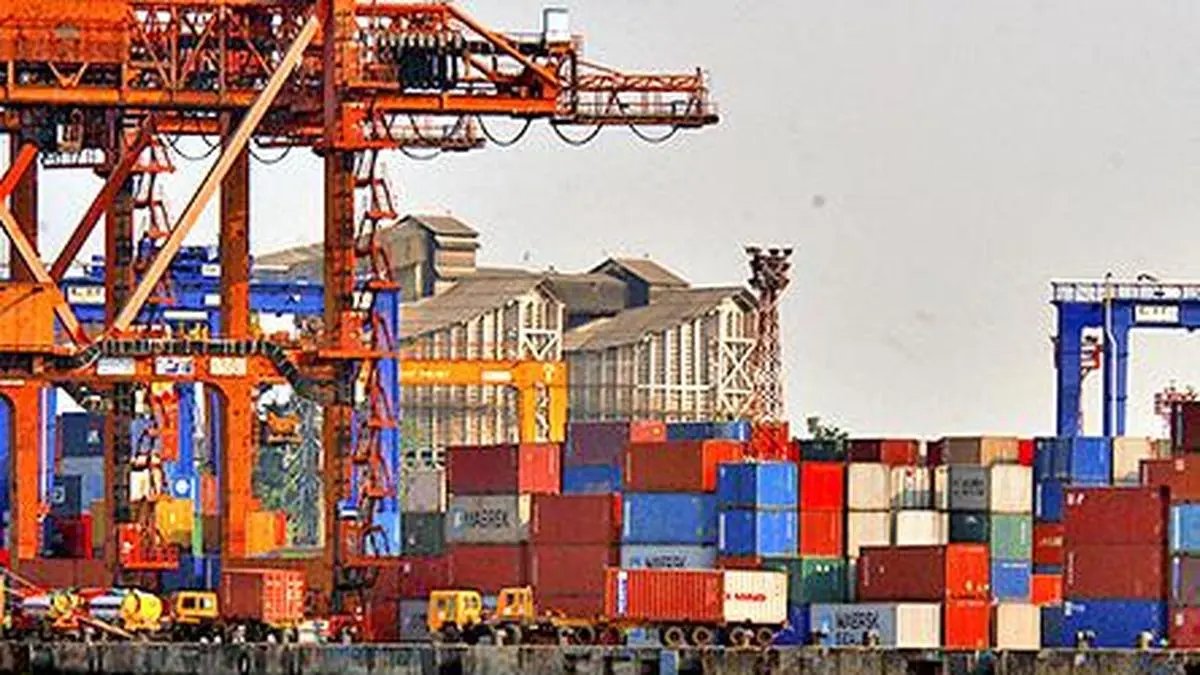UBS pegs India’s FY27 GDP growth at 6.4%, driven by domestic demand, favourable US-India trade deal


UBS identifies domestic consumption as the key growth driver, projecting approximately $70 billion in fiscal stimulus during FY26-27
| Photo Credit:
UBS Securities has projected India’s real GDP growth at 6.4 per cent for FY27, marginally below consensus estimates, contingent on a US-India trade deal materialising by the end of December 2025. The forecast assumes the current 50 per cent US tariff, including a 25 per cent penalty, will be reduced to around 15 per cent, aligning with other Asian countries.
The investment bank estimates India’s economic growth will moderate to 6.3 per cent in the second half of FY26, from 7.4 per cent in the first half, primarily due to unfavorable base effects and tariff-related headwinds. However, growth is expected to stabilise at 6.5 per cent in FY28, supported by strong domestic demand and supportive policies.
UBS identifies domestic consumption as the key growth driver, projecting approximately $70 billion in fiscal stimulus during FY26-27. This includes GST rate rationalisation worth $25 billion, personal income tax relief of $13 billion and ongoing cash transfer schemes for women totalling $20 billion. The report notes that rural consumption has gained momentum due to good monsoons and softer inflation, while urban consumption is expected to benefit from recent policy measures.
downside risks
The analysis highlights significant downside risks to growth projections. If the 50 per cent US tariff persists, growth could decline by 50 basis points in FY27. More critically, a proposed 25 per cent tax on payments to foreign outsourcing services could reduce growth by 90 basis points, given that the US contributes approximately $140 billion to India’s service exports.
On the positive side, UBS suggests the artificial intelligence boom could add 20 basis points to FY27 growth through productivity gains, despite medium-term challenges related to job creation. Faster implementation of structural reforms could also boost growth toward the 6.5-7 per cent range.
The report maintains that India’s macroeconomic stability risks remain contained, with headline CPI inflation expected at 4.3 per cent in FY27 and current account deficit at 1.2 per cent of GDP. UBS forecasts the USD/INR exchange rate to reach 90 by end of FY27, and expects one more 25 basis point rate cut before a prolonged pause in FY27. The investment bank projects India will become the world’s third-largest consumer market in 2026 and third-largest economy by 2028.
Published on November 11, 2025


